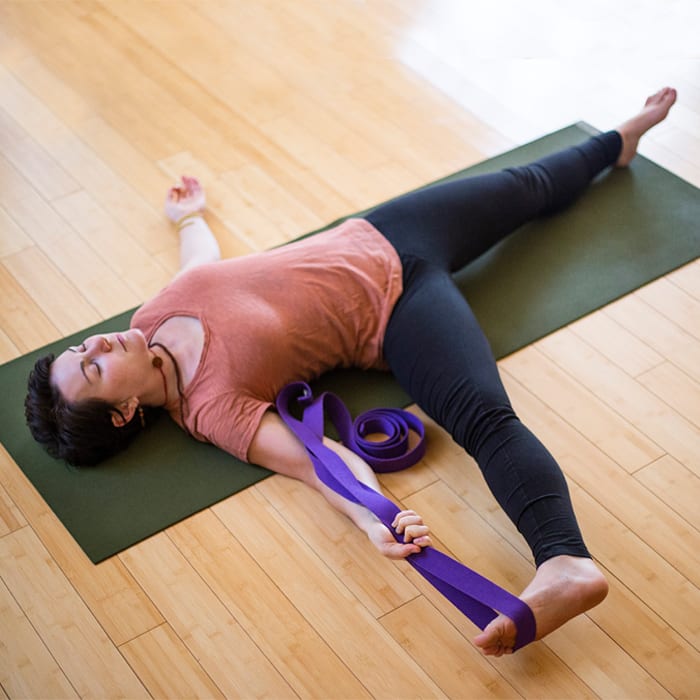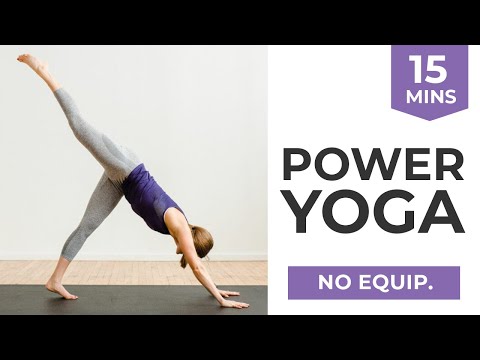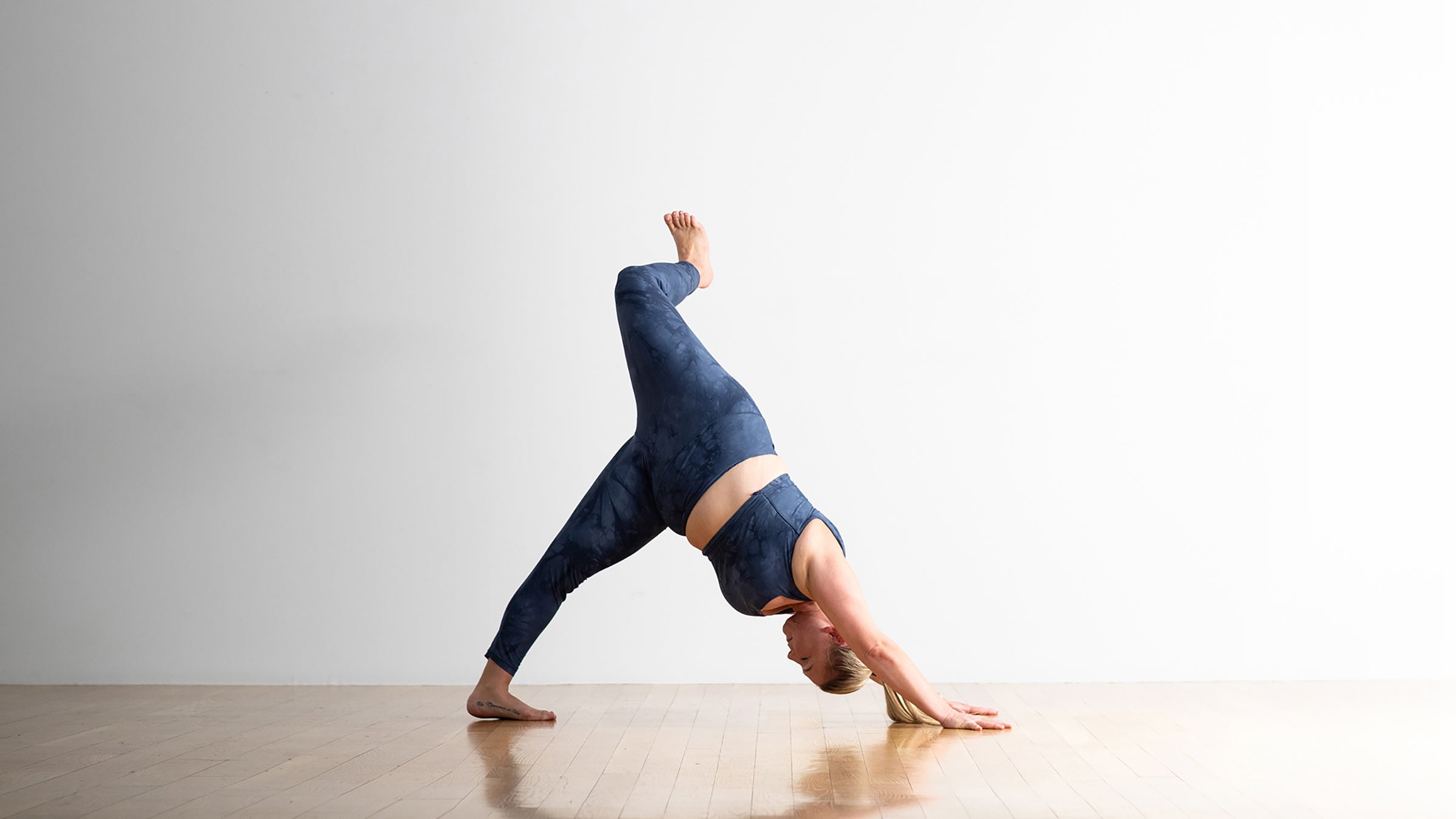
There are many alternatives to pain management. One type is prolotherapy, which involves injecting various solutions into damaged joints to promote the body's natural healing ability. Prolotherapy works by triggering an inflammatory response, which promotes the healing of damaged tissue. This treatment can either be used by itself or in conjunction.
Non-pharmacologic therapies
Non-pharmacologic treatment for pain is a viable alternative to opioids. They are also less risky. Non-pharmacologic treatments were replaced by prescription opioids due to the COVID-19 epidemic. Study of 24,000,000 commercially insured patients revealed that non-pharmacologic therapies were being replaced with stronger opioids and longer prescriptions. This trend could have slowed progress in the fight against the opioid crisis.
The Joint Commission, an accreditation body, just released new standards for pain management and assessment. In order to be able to offer non-pharmacologic pain management services to patients, hospitals now have to comply with the Joint Commission's new standards. This legislation is not perfect but it is a step towards addressing the opioid epidemic. The evidence is growing for non-pharmacologic therapies, which may soon become more available to everyone.
NSAIDs
NSAIDs, or nonsteroidal anti-inflammatory drugs, provide relief for a variety of conditions through their analgesic, anti-inflammatory, and antipyretic effects. These drugs are some of most widely prescribed medications worldwide. NSAIDs are used by approximately 70 million people each year in the United States. Due to the opioid misuse epidemic, NSAIDs are likely to be more popular. The United States has 29 million people who are addicted to NSAIDs.

Although NSAIDs are generally considered safe to take for pain, they are often associated with a number of unpleasant side effects. Consider switching to other drugs if you are taking NSAIDs for a long time. Paracetamol and acetaminophen are some of the options. Also, consider physical therapies like yoga or acupuncture.
Acupuncture
Alternative therapies like acupuncture rely on the natural balance and energy of the body. The body's energy flows along channels called meridians. acupuncture stimulates these channels to restore the balance. Although acupuncture can't cure all ailments, it can offer pain relief to many.
Although acupuncture's effectiveness in pain relief is still unknown, preliminary research suggests that it could be an alternative treatment for some patients. Some studies have shown that it is effective in the treatment of musculoskeletal problems. Studies also show that acupuncture can be an effective adjunctive therapy to chronic pain. Acupuncture can be described as a Chinese treatment that involves the placing of needles at specific points in the body. Acupuncture is still controversial as an alternative treatment for chronic pain. More research is needed to establish its exact role in this.
Music therapy
For people suffering from chronic pain, music therapy can be a good alternative therapy. It has been shown that it can help reduce pain after surgery, and can also reduce anxiety and opioid addiction. It should be used with care. These guidelines will help music therapists decide if music therapy can be used to help patients in their specific situation.
First, the patient must be assessed for pain. This can take the form of questionnaires or tests. The music therapist will then make sure the patient is relaxed during the session and not stressed. The therapist will also provide the patient with advice on how to manage pain.

Chiropractic care
Chiropractic care, which involves manual manipulation of the bodies, is an alternative treatment. This alternative therapy has been used for many years to treat various issues, including headaches and pain. According to a recent study chiropractic treatment has reduced the need to take opioid pain relievers. Even though some people may be skeptical about chiropractic treatment, it has been proven to decrease pain.
Despite chiropractic treatment being very popular, it is important for you to be aware of the precautions involved in this type of treatment. In particular, people with certain medical conditions should not undergo spinal manipulation. It is important to inform your doctor about any prior injuries, surgeries, or other conditions that you may have before receiving chiropractic treatment.
FAQ
How does yoga influence mental health?
Yoga is an ancient practice that originated from India. It was used by people to relax and reduce stress. Today, many people use yoga to help them cope with depression, anxiety, panic attacks, insomnia, chronic pain, and other conditions.
Yoga may also improve physical symptoms such as headaches, backaches, arthritis, and high blood pressure. Many who have done yoga report feeling calmer, happier.
I am already doing some form of physical activity. What are my options for yoga?
Yes! Even if you are physically active, yoga can enhance your training results. Combine yoga with other fitness activities such as running or cycling, or lifting weights to get better results.
This is because yoga helps you focus on proper breathing techniques, which help you burn calories faster.
Additionally, it can increase your endurance level. No matter your level of experience, yoga can bring you the benefits.
How much yoga can you take?
It's important to remember that yoga is not a sport. There is no maximum number of repetitions you have to do before you start getting tired. Instead, you should enjoy the experience and slow down.
Do not worry if your steps slip once in awhile. You can always pick up where you left off next time.
If you're new to yoga, begin with short sessions of 10 to 15 minutes and work your way up from there.
Statistics
- About one in seven U.S. adults practiced yoga in the past 12 months, according to a 2017 national survey. (nccih.nih.gov)
- According to calorie estimates calculated at Harvard Medical School, the average 125-pound person burns about 120 calories in a half hour of hatha yoga, and a 185-pound person burns about 178 calories in that half hour. (everydayhealth.com)
- A 2020 review of 27 studies (1,805 total participants) of yoga interventions in children or adolescents found reductions in anxiety or depression in 70 percent of the studies, with more promising results for anxiety. (nccih.nih.gov)
- Start your Fall off right with 20% off All Access Membership when you sign up by 9/25! (corepoweryoga.com)
- According to the Agency for Healthcare Research and Quality, falls are incredibly common among older adults in nursing facilities. Even the simplest ones can increase the risk of death (24). (healthline.com)
External Links
How To
Can yoga help with menopause symptoms?
Yoga, an ancient practice, originated in India. It focuses primarily on stretching, breathing and meditation. It has been used for thousands years to help people stay fit. It has been increasingly popular in recent years as people look for alternative ways to stay healthy and active during times of stress or illness.
Yoga is based on the use of physical postures (asanas), that stretch muscles, improve posture, and increase flexibility. This helps to reduce tension and build strength.
There are several types of yoga. Each type focuses only on certain aspects of your body, like breathing, stretching, and relaxation.
All forms of yoga have the same goal: to restore balance within the body as well as the mind. Yoga can improve your fitness, sleep quality, weight loss and energy levels as well as reduce stress levels.
Several studies have shown that yoga may be beneficial for treating conditions such as depression, anxiety, and insomnia. However, evidence is lacking to show that yoga has any effect on other health issues like menopausal symptoms.
Yoga can help you feel happier and healthier, as well as teach you how to relax in stressful situations. This could be very helpful for menopause.
Important to remember that yoga can cause muscle pain after exercise. Therefore, it is advisable to start with a low intensity level. Before you start yoga, talk to your doctor about any concerns you may have.